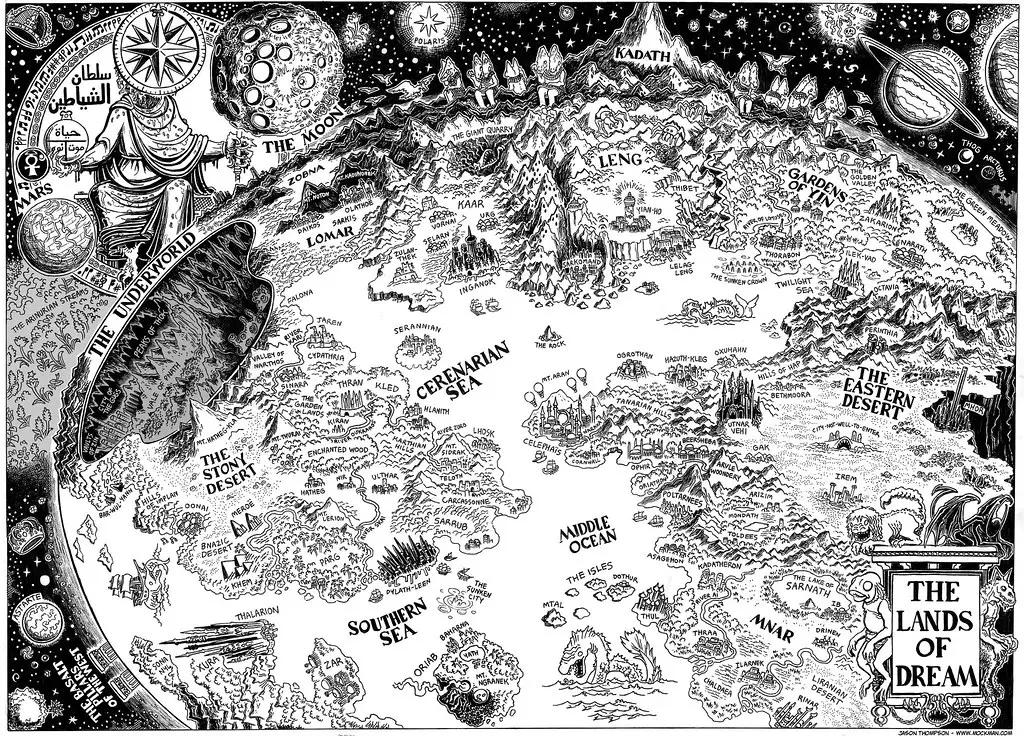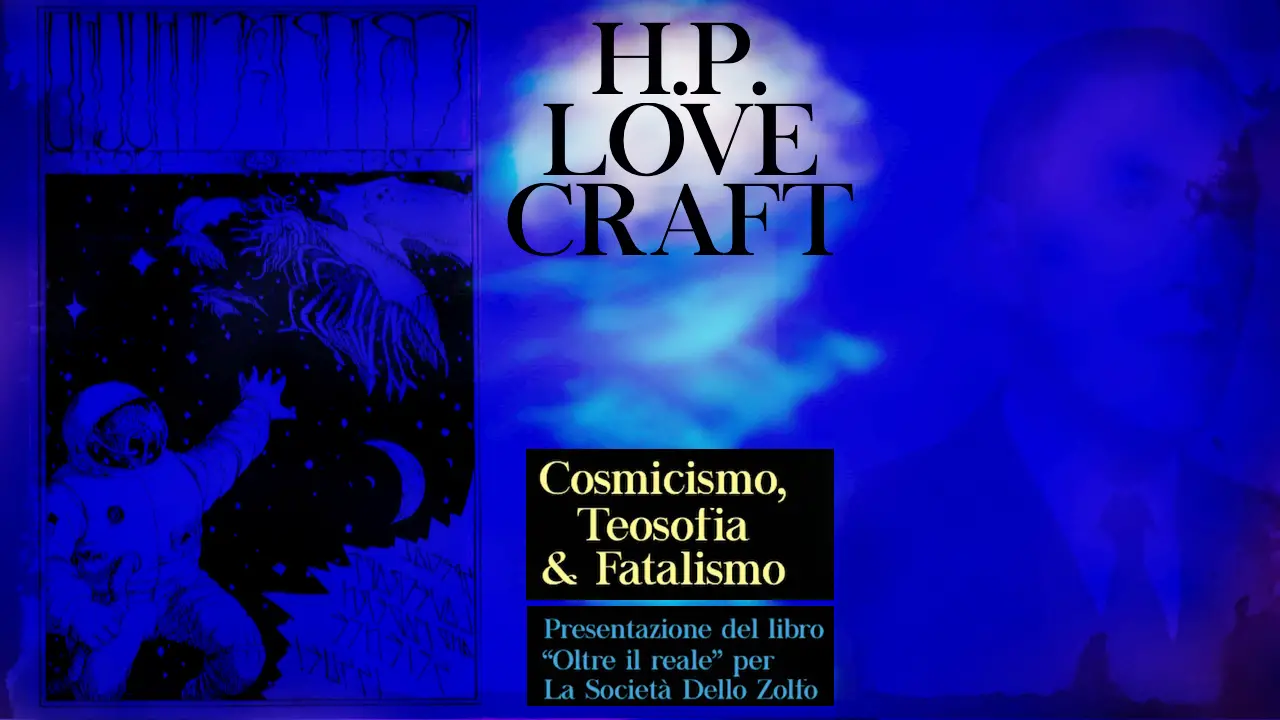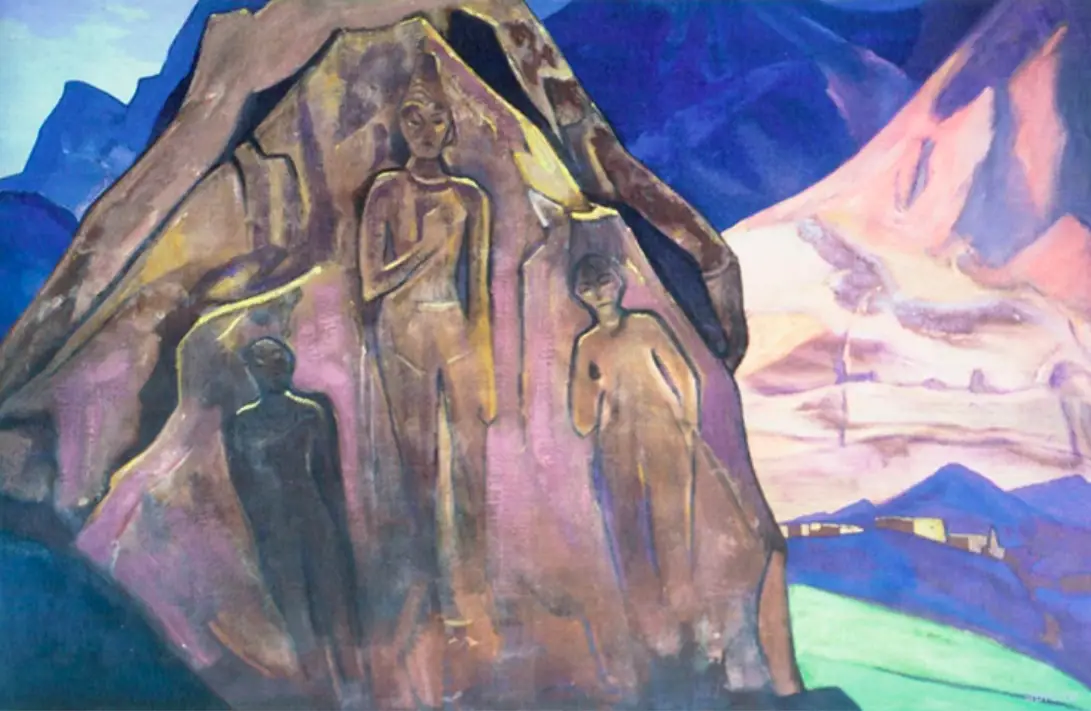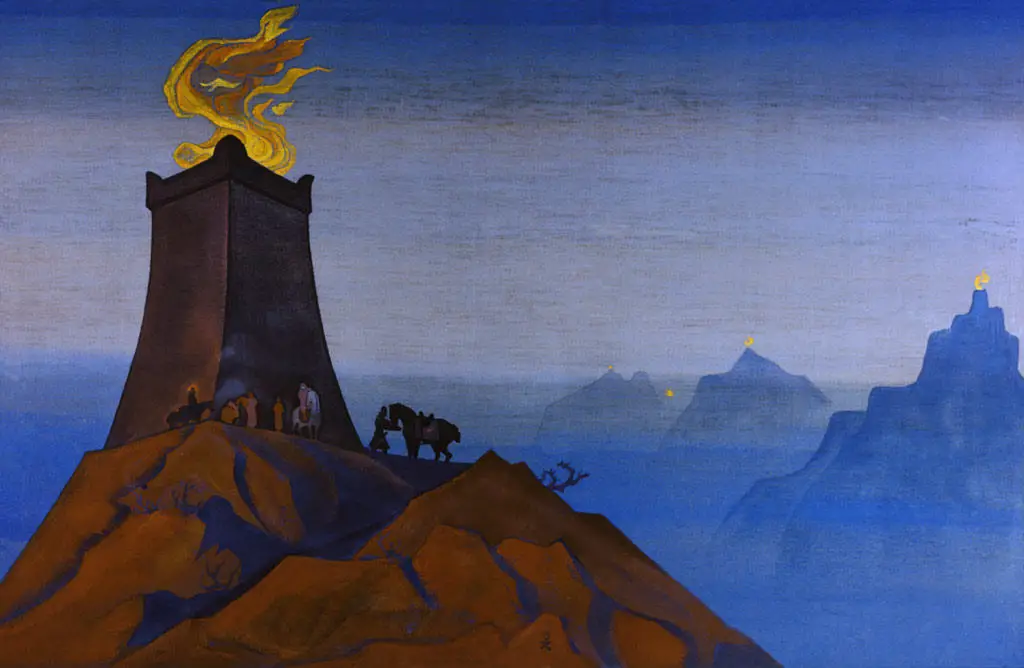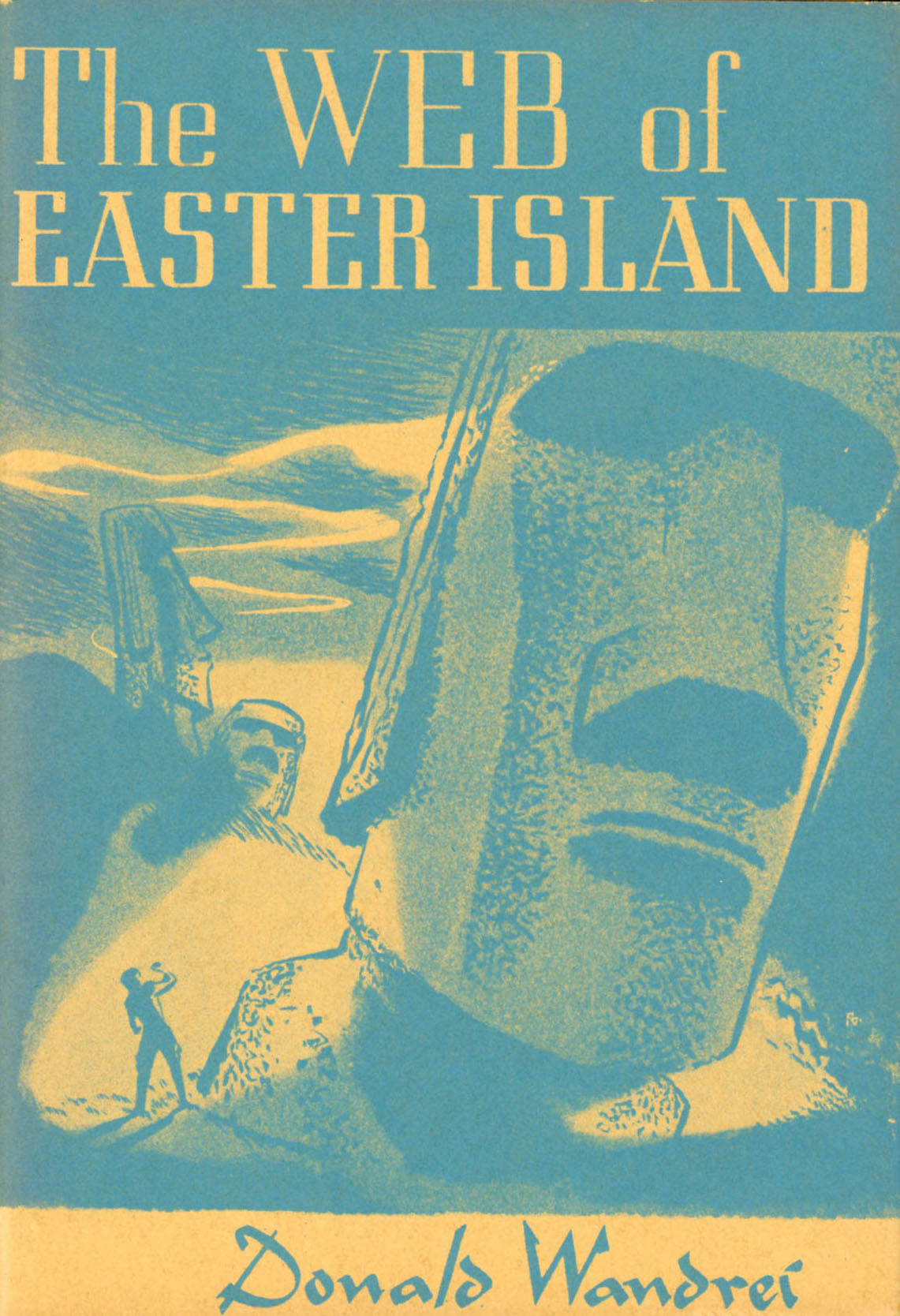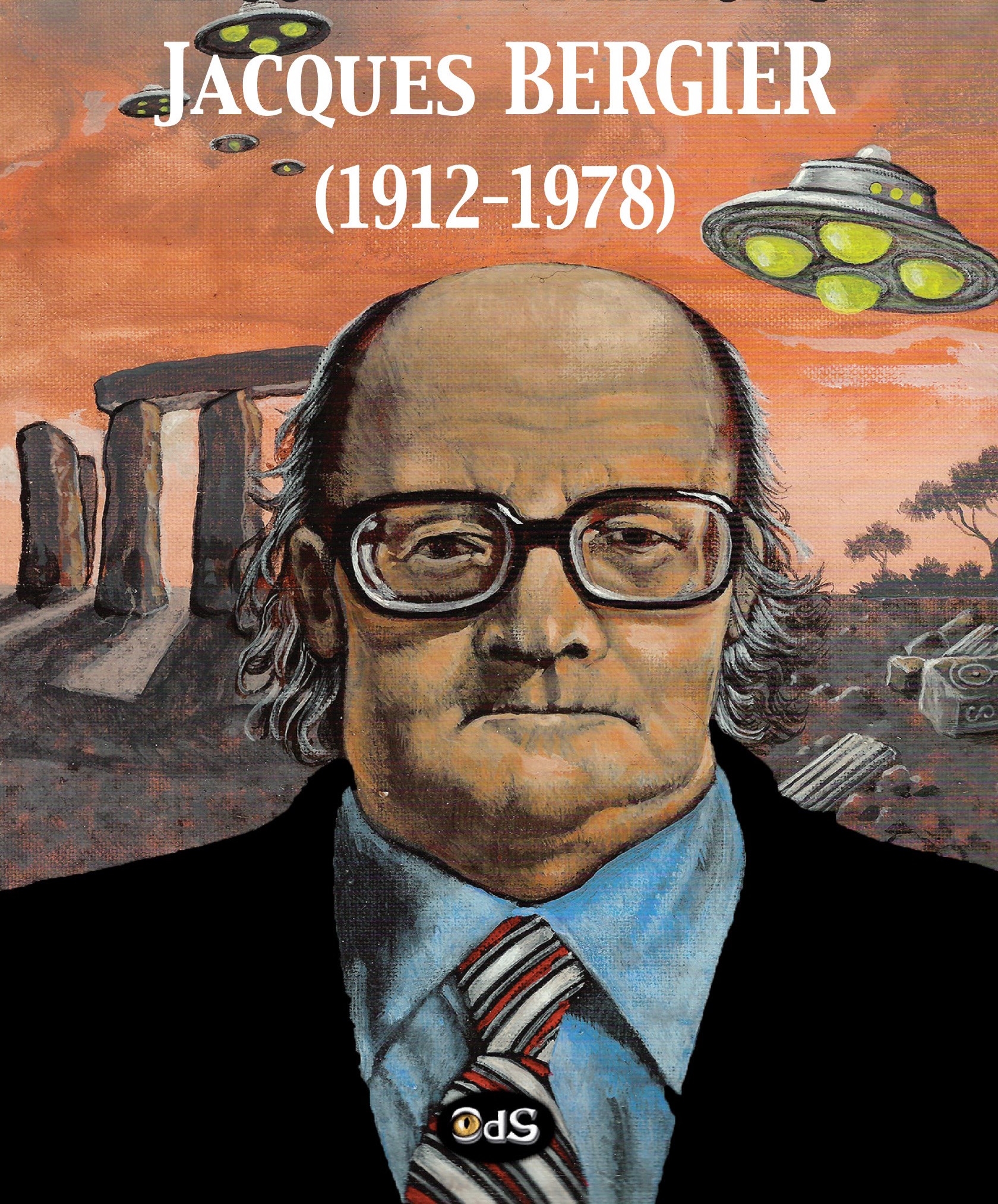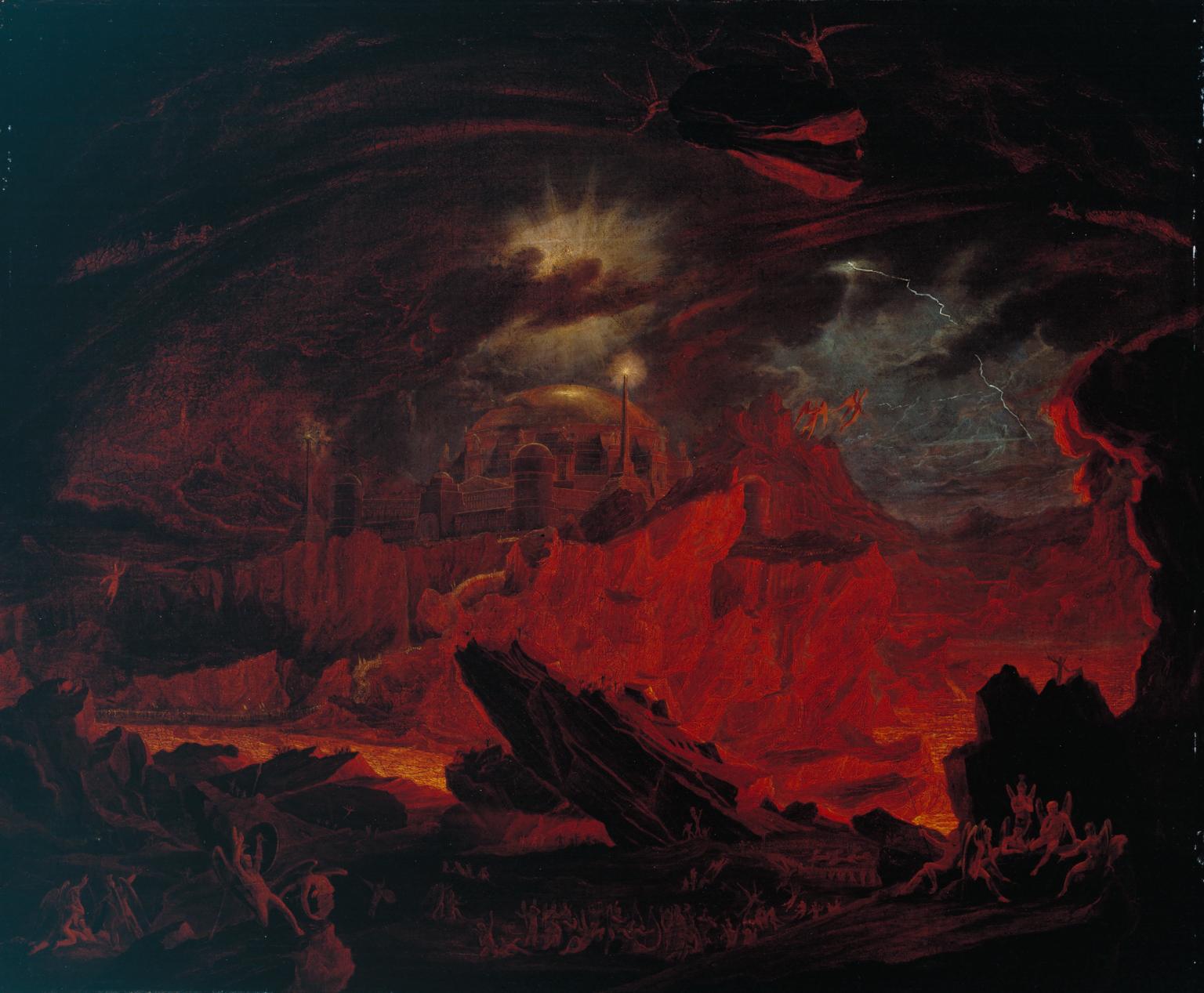Tag: HP Blavatsky
Video: Was HPL an "unconscious medium"? Two shorts on Lovecraft
Was HPL an "unconscious medium" of "alien" powers? On our Youtube channel we started uploading some short videos, which we appropriately edited, to shed light on the issue. In the first of the two we start from the dream experiences that he needed since childhood, while in the second we analyze the "revelational" elements dehis very personal * cosmic mythopoeia.
Roerich, Gurdjieff, Blavatsky: the secrets of the Gobi desert
During the 1927 expedition to Central Asia, the Russian painter and explorer Nicolas Roerich moved towards the Gobi Desert, in Mongolia, crossing the Qaidam (Tsaidam) salt marsh. Traditions reported by Madame Blavatsky and Georges Ivanovič Gurdjieff, as well as the tales of local folklore, said it was the site of an ancient sea, within which it was handed down that advanced civilizations, now forgotten, and legendary cities, now buried by sands, had developed.
“The Traveler of Agartha”: the magical realism of Abel Posse
In the initiatory novel by the Argentine writer and diplomat, published thirty years ago and set during the last bars of the Second World War, the "magical realism" of Pauwels and Bergier, the esoteric doctrines of the Theosophical School of the late nineteenth century, are combined. — which then influenced the Central European secret societies Thule and Vril — and the eastern legend of the underground kingdom of the Immortals. In the background, a Europe by now on its last legs and a Tibet that within a few years would have experienced the indelible tragedy of the Chinese invasion.
From Stonehenge to Rapa Nui: Donald Wandrei and the return of the Titans
Taking both hands from the "Weird" literature of HP Lovecraft e Arthur Machen and combining the proceeds with the hypotheses of Charles Fort and the theosophical and "Atlantean" doctrines, Wandrei's 1932 novel was able to anticipate if not actually shape most of the cultural currents ascribable to the so-called "alternative reality" of the second part of the twentieth century: from the "magic realism" of Jacques Bergier to the "paleo-astronautics", from the encounter with extraterrestrial civilizations up to some dystopian predictions that today, almost a century later, do not seem science fiction at all.
Jacques Bergier and "Magic Realism": a new paradigm for the atomic age
Recently translated into Italian by the types of Il Palindromo, "In praise of the Fantastic" by the French writer and journalist Jacques Bergier, best known for having written with Louis Pauwels "The morning of the wizards", provides an analysis of the work of some "magic writers" at the time unknown to the French-speaking public (including Tolkien, Machen and Stanislav Lem), aimed at defining a new paradigm for the XNUMXst century that can combine science and science fiction with the ontological category of the "sacred".
"Underground" civilizations in myth, occultism and "alternative reality"
Simultaneously with the publication of our article on "Underworld Civilizations in Fantastic Literature" appeared in Cosmic Dimension, we have drawn up here a brief excursus on the same topos in the sacred traditions, in the esoteric sphere and in the "alternative reality" of the twentieth century
The secrets of Twin Peaks: the "Evil that comes from the woods"
di Marco Maculotti
«We will meet again in 25 years"—So Laura Palmer promised, trapped in the parallel dimension called" Black Lodge ", to agent Dale Cooper in the last episode of the second season of The secrets of Twin Peaks, which aired in the USA on 10 June 1991. What until recently seemed destined to remain a promise without a sequel is now on the verge of being kept: on 21 May the first episode of the third will be broadcast in America, highly anticipated season of the serial, which will pick up the subject exactly where we left off, with a gap of a quarter of a century. Waiting for the pilot episode of the new season to arrive on our television screens (May 26, on the channel Sky Atlantic) we want to propose to our readers an analysis of the more specifically "esoteric" themes they have made Twin Peaks a real media event of the nineties.
Guido von List and the magical-religious tradition of the Ariogermans
At the turn of the nineteenth and twentieth centuries, using an approach halfway between the anthropological and the occult, the Viennese scholar Guido von List attempted a reconstruction of the Germanic Urgrund, analyzing the more esoteric aspects of the cosmogony and pre-Christian religion of the ancient Central European peoples .
di Marco Maculotti

